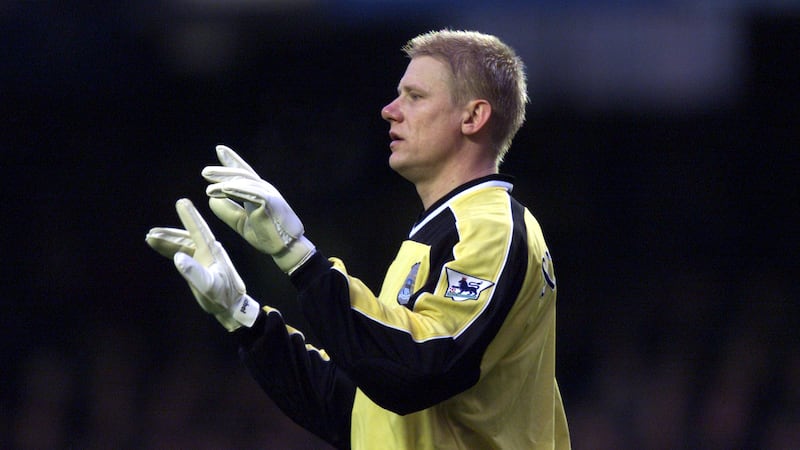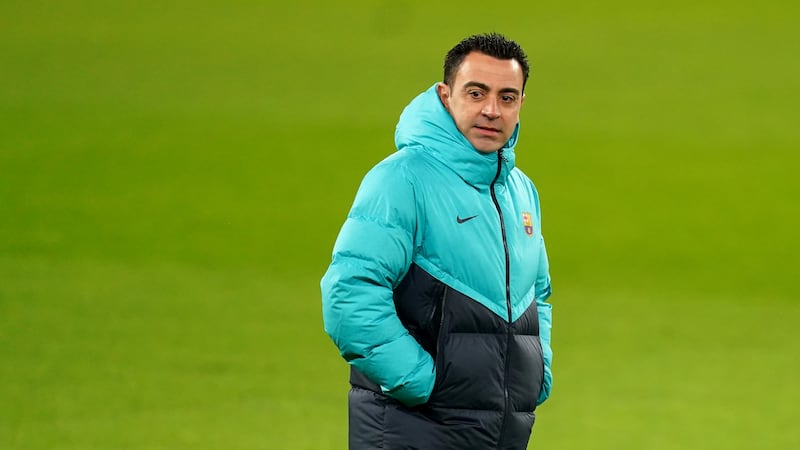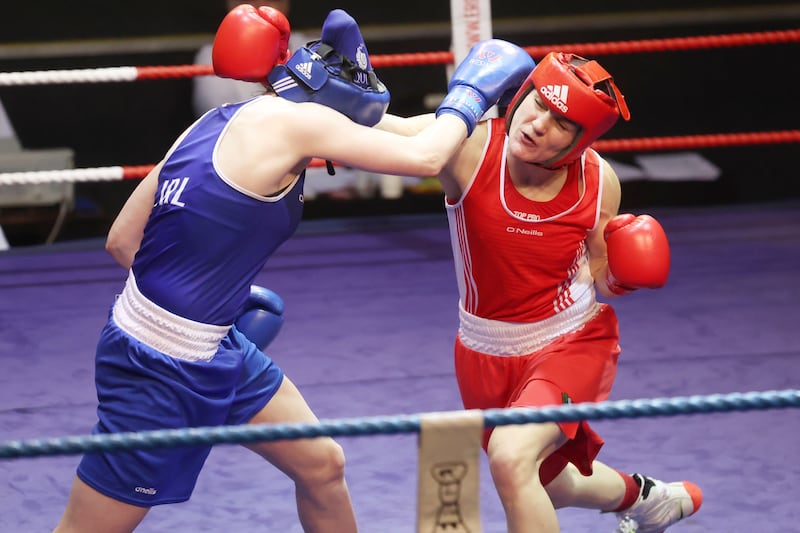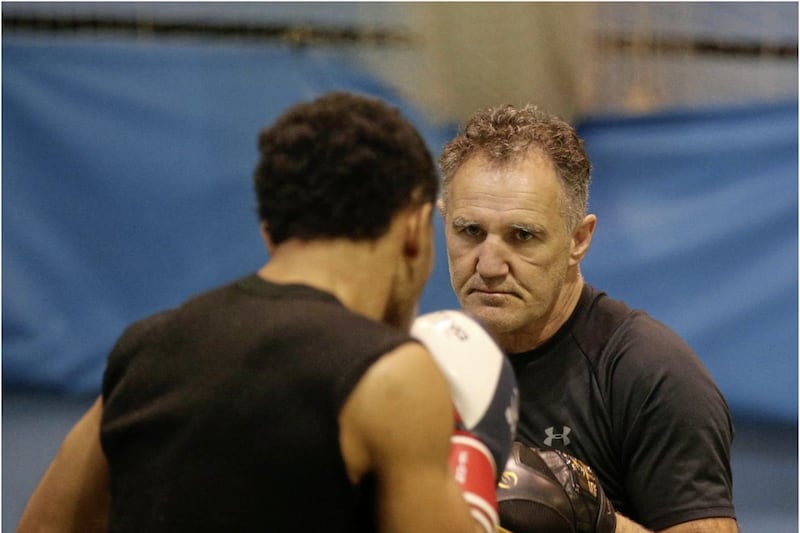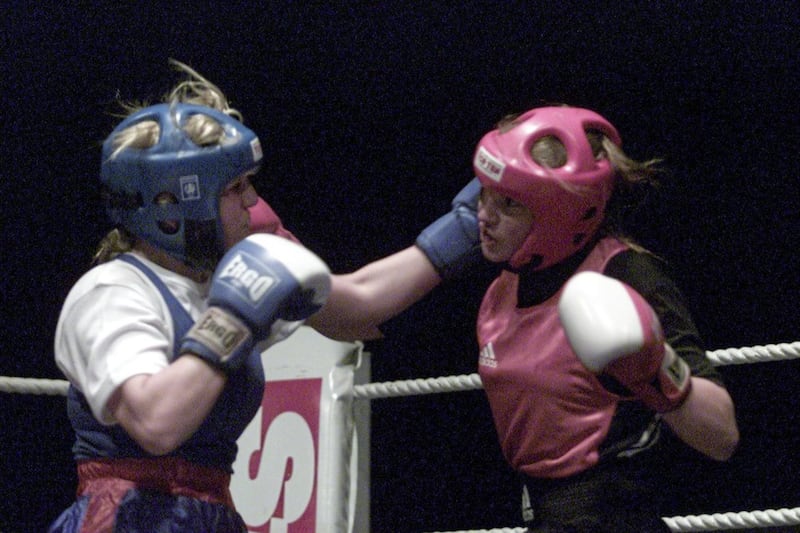JAMIE Conlan’s 2015 war with Junior Granados is the one that jumps out, first and foremost, as Eamon Carr flicks back through the book of memories in his mind.
The Bernard Dunne nights were pretty special too, but the sheer guts of the Belfast man to bounce back from crippling body shots went way beyond anything else he had ever seen.
“Brian Peters always put on a decent show, and some of those comeback fights before Bernard moved on to the Point were cracking fights. David Martinez, then Yury Voronin... he was wobbled that night and it looked as if it was going to slip away.
“But Jamie Conlan against Granados, my God. He was down twice and came back to win somehow... that was astonishing.
“The crowd got behind Jamie, but how he managed to survive that seventh round I’ll never know, never mind biting down on the gumshield and going on to win on points. It was remarkable.”
As a respected journalist with the Irish Independent and The Herald, Carr has been ringside for some of the biggest nights of boxing – both amateur and professional - that the National Stadium has seen in recent decades.
Yet his own association with the South Circular Road venue goes back much further, to the late 1960s/early ’70s, and has absolutely nothing to do with the noble art.
Instead, Carr’s first experience of the stadium was “playing bongos and reading poetry” as part of a group supporting Fleetwood Mac.
Within a couple of years, he was back again – this time as the drummer with Irish Celtic rock group Horslips, of which Carr was a founding member alongside Barry Devlin, Charles O’Connor, Jim Lockhart and Declan Sinnott (later replaced by Johnny Fean).
“I grew up in county Meath, but the first time I would have heard of the National Stadium was when I was probably five or six.
“My father did a bit of coaching in the local boxing club in Kells and although I would’ve been too young to have been going up to the stadium, this is in the ’50s, it would’ve had this incredible aura because it was where fellas went who had actually made it. Fellas who got to box in championships.
“There was always a crew would leave from our house - my father, a couple of uncles, friends – so in my child’s mind, I’d have had this weird impression of the National Stadium as like a mini Madison Square Garden.
“In fact though, the first time I would’ve actually got there would’ve been for music rather than boxing. Rory Gallagher was a regular, I would’ve seen the likes of Jethro Tull, Ry Cooder later on, Joe Cocker, Leonard Cohen… a lot of bands would’ve come through and there were some really hot, sweaty gigs.
“Led Zeppelin played there too, but I actually missed that gig because I ended up getting press-ganged into taking a copywriting class in Rathmines. That’s where I met Charles [O’Connor], and then Barry Devlin was a copywriter as well.
“We took out an ad together and we said ‘jaysus lads, we should try this together for a bit of craic’. So we started going up to Jim Lockhart’s house in the evenings and took it from there...”
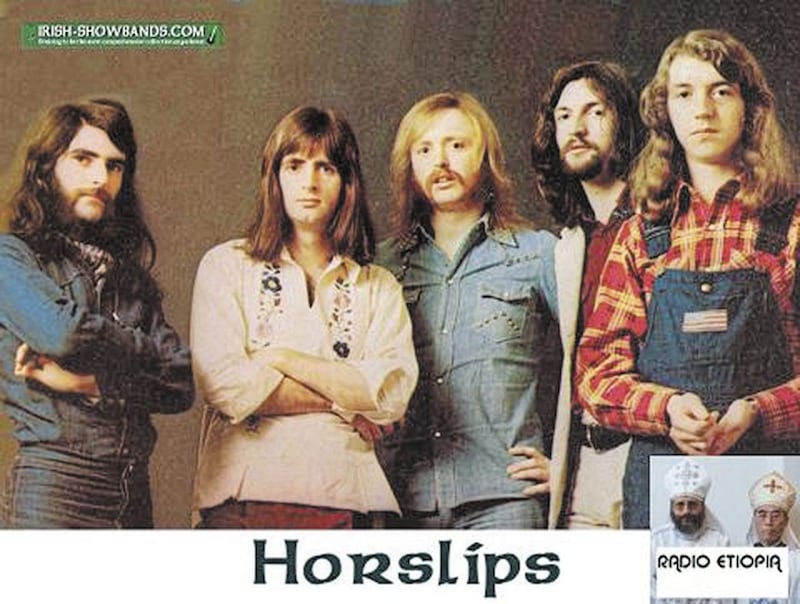
Following the release of their debut album Happy to meet, Sorry to part, Horslips would go on to become National Stadium regulars during the 1970s.
And Carr remembers that, in the early days, the boxing ring was often used as a makeshift stage.
“Things moved fairly rapidly at the start of the ’70s; one minute I was playing support at the stadium, and within two years we were headlining. That was quite weird.
“I’d grown up with this idea of the stadium, this was the place you wanted to be when you were a child as a fan of boxing. I mean, the place was built for boxing, so you had this sort of amphitheatre where all the seating runs down to the middle where the boxing ring was.
“When some of those bands played early on, the ring was actually left in the middle – it became the stage. Jethro Tull played in the ring, the same for Airforce, Ginger Baker’s band. It was mad.
“They erected a makeshift stage where the raised up bit is now, and the ring would be taken out and more rows of seats put in.
“It was a drafty oul kip and when you went down to the dressing rooms, there was condensation running down the walls, and always the smell of wintergreen. On a cold night, it was absolutely freezing.
“But for us to be togging out in the dressing room and then coming up those steps to the stage, you didn’t care about anything else.”
And, regardless of how cold the weather outside, it was never long before the crowd would warm to the task as Horslips blasted out hit after hit.
Sometimes, though, it could get a little too hot to handle, as Carr recalls.
“When the stadium was packed - because of the nature of the seating - it looked really intense and really impressive, and audiences tended to make a good oul racket.
“There was always, for want of a better word, trouble at our gigs because after about three numbers the kids would all want to get up and bop around. The promoters would book the stadium but part of the deal was that the security came from the IABA, and there was a thing that people weren’t allowed to get up – you had to stay in your seat.
“It was an annoyance, a real bone of contention because these guys were officious and a couple of kids, schoolkids probably, would get up and start shaking their hair and the bouncers would wade in and drag them out.
“There was often that sort of fractious end to things, which was unfortunate. But it was a great venue to play in.”
It was after Horslips split in 1980 that Carr, his apprenticeship as a copytaker already served, would move into the world of journalism.
He wound up covering the funeral of Princess Diana, visiting Calcutta for a feature on Mother Teresa, as well as reporting on the Kosovo War and the Drumcree conflict a little closer to home.
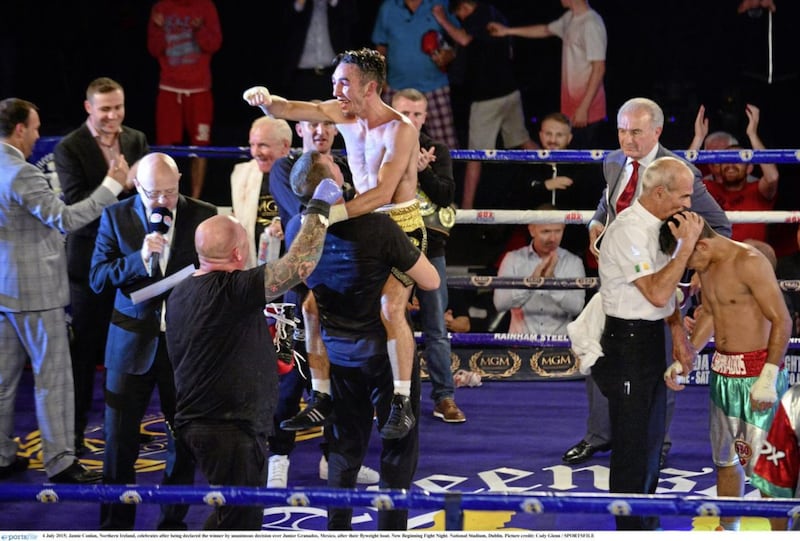
Boxing, though, was never too far from the radar, and it remains a major passion to this day.
“I didn’t have a plan or anything but, as luck would have it, a couple of Dublin magazines asked would I write some articles for them.
“When I started working in the Independent then I would’ve been doing music, theatre reviews, but from there I was asked to do this two page weekly interview spread.
“Some editors put a value in boxing, but I found that I got more feedback on some of the boxing pieces I’d have been writing. A lot of this was around the time of Steve Collins, Chris Eubank, that sort of era.
“What I couldn’t believe was that you could walk into a dressing room right after a fight. Even as a musician, when I came off stage I’d have been wrecked, but these fellas had maybe gone through 10 or 12 rounds of hell and they’re talking to you. There might be six microphones under their nose and they’re just after walking through a furnace.
“When you see the likes of Darren Sutherland, John Joe Nevin, Katie Taylor – a complete phenomenon – coming up, you realise how special a sport it is, and how lucky we are to be involved in it.”
IN TOMORROW'S IRISH NEWS
An accident outside the National Stadium could have had disastrous consequences but, typically, Bernard Dunne didn’t let in interrupt his winning streak on home soil. Now high performance director of the IABA, the Dubliner talks about some of best days inside the famous old venue, and considers what the future might hold for the home of Irish boxing...
![Eamon Carr, far right, with the other members of Irish Celtic rock band Horslips - Jim Lockhart, Johnny Fean and Barry Devlin - before a series of 2009 gigs in Belfast and Dublin. Picture by Hugh Russell <!--[if gte mso 9]><xml>
Normal
0
false
false
false
MicrosoftInternetExplorer4
</xml><![endif]--><!--[if gte mso 9]><xml>
="false" LatentStyleCount="156">
</xml><![endif]--><!--[if gte mso 10]>
/* Style Definitions */
table.MsoNormalTable
{mso-style-name:"Table Normal";
mso-tstyle-rowband-size:0;
mso-tstyle-colband-size:0;
mso-style-noshow:yes;
mso-style-parent:"";
mso-padding-alt:0cm 5.4pt 0cm 5.4pt;
mso-para-margin:0cm;
mso-para-margin-bottom:.0001pt;
mso-pagination:widow-orphan;
font-size:10.0pt;
font-family:"Times New Roman";
mso-ansi-language:#0400;
mso-fareast-language:#0400;
mso-bidi-language:#0400;}
</style>
<![endif]-->](https://www.irishnews.com/resizer/v2/3FCBDHVU4BPZLFF6L3NLPRVSRQ.jpg?smart=true&auth=7ebbbd6a50c415e8eb1178a26f553464a7e3718b1f99a7abe67b7bbc412d771a&width=800&height=450)
